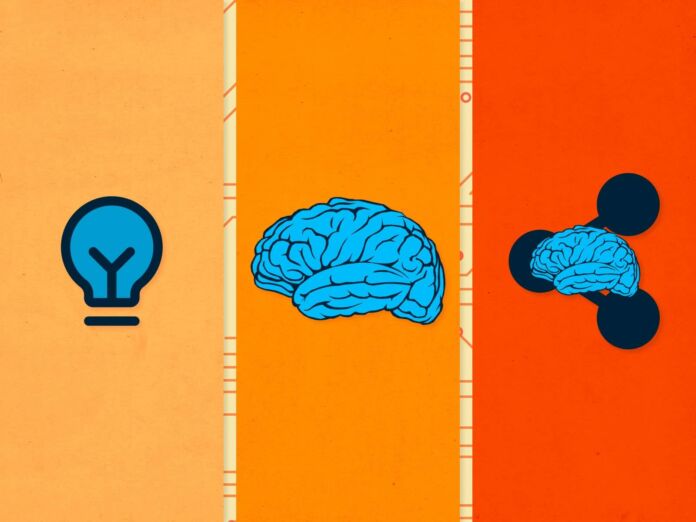
Machine learning, deep learning, and neural networks are some of the most common technical terms you will hear in the field of artificial intelligence. If you aren’t immersed in building AI systems, it can be confusing since the terms are often used interchangeably. In this article, I will go over the differences between machine learning, deep learning, and neural networks, and how they are related to each other. Let’s begin by defining these terms.
What is Machine Learning?
Machine learning is a subfield of artificial intelligence that focuses on the development of algorithms and statistical models that enable computers to learn from data and make predictions or decisions without being explicitly programmed. There are three main types of machine learning:
- Supervised learning: The computer is provided with labeled data (data that is already categorized or classified) and learns to make predictions based on that data. For example, an algorithm can be trained to recognize handwritten digits by providing it with a dataset of labeled images of digits.
- Unsupervised learning: The computer is not provided with labeled data and must find patterns or structures in the data on its own. An algorithm can be trained to group similar images together based on their visual features.
- Reinforcement learning: In reinforcement learning (RL), the computer learns through trial and error by receiving feedback in the form of rewards or punishments. So, an algorithm can be trained to play a game by receiving rewards when it wins and punishments when it loses.
Machine learning has many applications in various fields, including image and speech recognition, natural language processing, fraud detection, and recommendation systems.
What are Neural Networks?
Neural networks are a type of machine learning algorithm inspired by the structure and function of the human brain. A neural network consists of interconnected nodes (neurons) that are organized in layers. Each neuron receives input from other neurons and applies a nonlinear transformation to the input before passing it on to the next layer.
There are several types of neural networks, including:
- Feedforward neural networks: Information flows in only one direction, from the input layer to the output layer. They are commonly used for classification and regression tasks.
- Convolutional neural networks: These are a type of feedforward neural network specialized for processing grid-like data, such as images. They consist of convolutional layers that apply filters to the input to extract features.
- Recurrent neural networks: Designed to handle sequential data, such as text or speech. They have loops that allow information to persist across time steps. Data can flow in any direction.
Neural networks have become one of the most widely used algorithms in machine learning due to their biological inspiration and effectiveness.
What is Deep Learning?
Deep learning is a subfield of machine learning that focuses on neural networks with multiple layers (or deep neural networks). Deep neural networks can learn from vast amounts of data and can automatically discover complex features and representations of the data. This makes them well-suited for tasks that involve large quantities of data.
Deep learning architectures include:
- Deep neural networks: Neural networks with multiple layers between the input and output layers.
- Convolutional deep neural networks: Multiple convolutional layers that extract increasingly complex features from the input.
- Deep belief networks: A type of unsupervised learning algorithm that can be used to learn hierarchical representations of the input data.
The aforementioned popularity of neural networks makes deep learning the leading paradigm in artificial intelligence.
Differences Between Machine Learning, Deep Learning, and Neural Networks
The differences between machine learning, deep learning, and neural networks can be understood on the following axes:
- Architecture: Machine learning is typically based on statistical models, while neural networks and deep learning architectures are based on interconnected nodes that perform computations on the input data.
- Algorithms: Machine learning algorithms typically use linear or logistic regression, decision trees, or support vector machines, while neural networks and deep learning architectures use backpropagation and stochastic gradient descent.
- Data: Machine learning typically requires less data than neural networks and deep learning architectures. This is because neural networks and deep learning architectures have many more parameters and thus require more data to avoid overfitting.
An Integrated Approach
It’s important to understand that artificial intelligence often involves an integrated approach, combining multiple techniques and methods. AI researchers use many techniques to improve the system. While machine learning, deep learning, and neural networks are different, many of the relevant concepts are mixed together when building complex systems. With that, I hope this article has given you a clearer understanding of these important concepts that are rapidly changing our world.
Tweet
Share
Share
- Artificial Intelligence
- Machine Learning
- Artificial Intelligence
- Machine Learning
